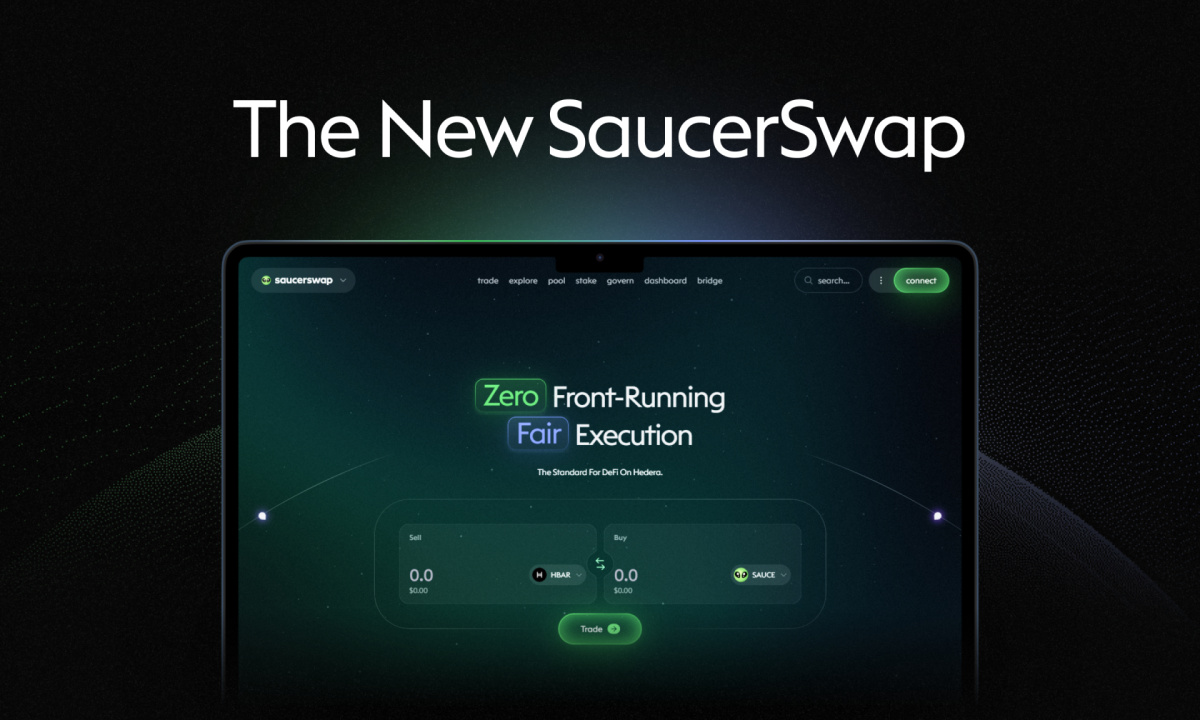Key Insights
- AÂ wallet address “labelled” as Ethereum founder, Vitalik Buterin’s, deposited 500 $ETH (worth $800,000) into Reflexer on Saturday, last week.
- The Reflexer protocol is a project that attempts to create stable, non-pegged assets investors can hedge by using their crypto as collateral, the first of which is RAI.
- Vitalik may have been interested in the protocol for this reason.
- Ethereum and RAI’s prices responded positively to this development
The crypto space was abuzz on Saturday last week, after a tweet from the DeFi security Twitter account, PeckShieldAlert, mentioned something rather interesting.
On the morning of 11 March, the blockchain security company’s Twitter account sent out a tweet, alleging that a wallet address “labelled” as none other than Ethereum founder, Vitalik Buterin’s, had just deposited a substantial sum of 500 $ETH into Reflexer.
In a recent development, a wallet address belonging to Ethereum’s creator, Vitalik Buterin, sent over $600k worth of ETH to Coinbase. This raises many questions, such as what exactly is going on, why Ethereum’s founder sent ETH to a centralized exchange, and how would this impact the price of Ethereum.
#PeckShieldAlert Vitalik-labeled address has deposited 500 $ETH in Reflexer to mint 150k $RAI, and swapped 132.5k $RAI for 378.5k $USDC. Additionally, they swapped 17.5k $RAI for 50k $DAI within the last 3 hourshttps://t.co/dM1pheTW0x pic.twitter.com/camCgl1fsk
— PeckShieldAlert (@PeckShieldAlert) March 11, 2023
This is an interesting turn of events because 500 $ETH at the time of writing, is worth about $800,000 (Ethereum trades at $1,584 after rising 10% over the last day).Â
But more than that, there are even more interesting questions:
What is Reflexer, and why did the Ethereum founder transfer almost a million dollars into this relatively under-the-radar protocol?
Why May Vitalik Have Been Interested In This Protocol?
The Reflexer protocol, according to their page, is a project that attempts to create stable, non-pegged assets.Â
According to Stefan Ionescu, Reflexer Labs’ CEO and founder, the Reflexer protocol is focused on establishing assets that start at an arbitrary price and then have floating target prices that fluctuate in reaction to market forces.Â
The first of these assets is a token called RAI, created similarly to how Single Collateral Dai was minted back in the day.
Reflexer Labs does this, as opposed to producing a token that has a fixed peg representing a fiat coin on-chain.
This way, anyone can deposit ETH in the RAI protocol and then issue RAI until they hit a “minimum collateralization ratioâ€.Â
People can use RAI to lever on their ETH or take advantage of its floating target price (for example, through arbitrage). By this means, investors can mint these stablecoins using their crypto as collateral and have a way to escape the volatility of the crypto market.
This protocol’s idea seems interesting enough, explaining why Buterin may have taken an interest in it in the first place.
PeckShield in the tweet, claims that Buterin accumulated stablecoins using the 500 $ETH.
The blockchain security company explained Vitalik used this 500 $ETH sum as collateral on Reflexer to create 150,000 RAI tokens. After getting these tokens, Buterin proceeded to trade 132,500 RAI for 378,500 USD Coin (USDC). The remaining 17,500 RAI was then swapped for 50,000 Dai (DAI).
According to PeckShield, the entire exchange of Ether to RAI, and then to USDC happened in less than three hours. The transaction details can be found here.
It is even more interesting how the initial 500 $ETH transaction was in two tranches, according to EtherScan.
The blockchain tracking platform shows that Vitalik initially transferred 200ETH to Reflexer to mint 100,000 RAI, before sending another 200 $ETH to mint another 50,000 RAI, paying more than $200 in transaction fees for both.
RAI and ETH Price Analysis
The current instability at SVB bank and its impact on USDC has continued to incite a gloomy mood among market participants. But Ethereum’s price has found strong support in the $1450 price range and is doing very well upwards of the $1,500 mark.

Ethereum’s price has bounced off the $1,400 support and is now trending upwards with the third green candle on its daily chart as shown above. This indicates strength on the part of the bulls and perfectly coincides with the 11th March news of Buterin’s $500 transfer to the Reflex protocol.

As shown above, Ethereum is in an ascending channel and is showing considerable strength on the part of the bulls. The next resistance zone the cryptocurrency has to worry about at this point is the $1,750 zone.

RAI also appears to be basking in Ethereum’s bullishness according to data from CoinMarketCap. The cryptocurrency is up by 4% over the last 24 hours and trades at $2.85 at the time of writing.
Disclaimer: Voice of crypto aims to deliver accurate and up-to-date information, but it will not be responsible for any missing facts or inaccurate information. Cryptocurrencies are highly volatile financial assets, so research and make your own financial decisions.









